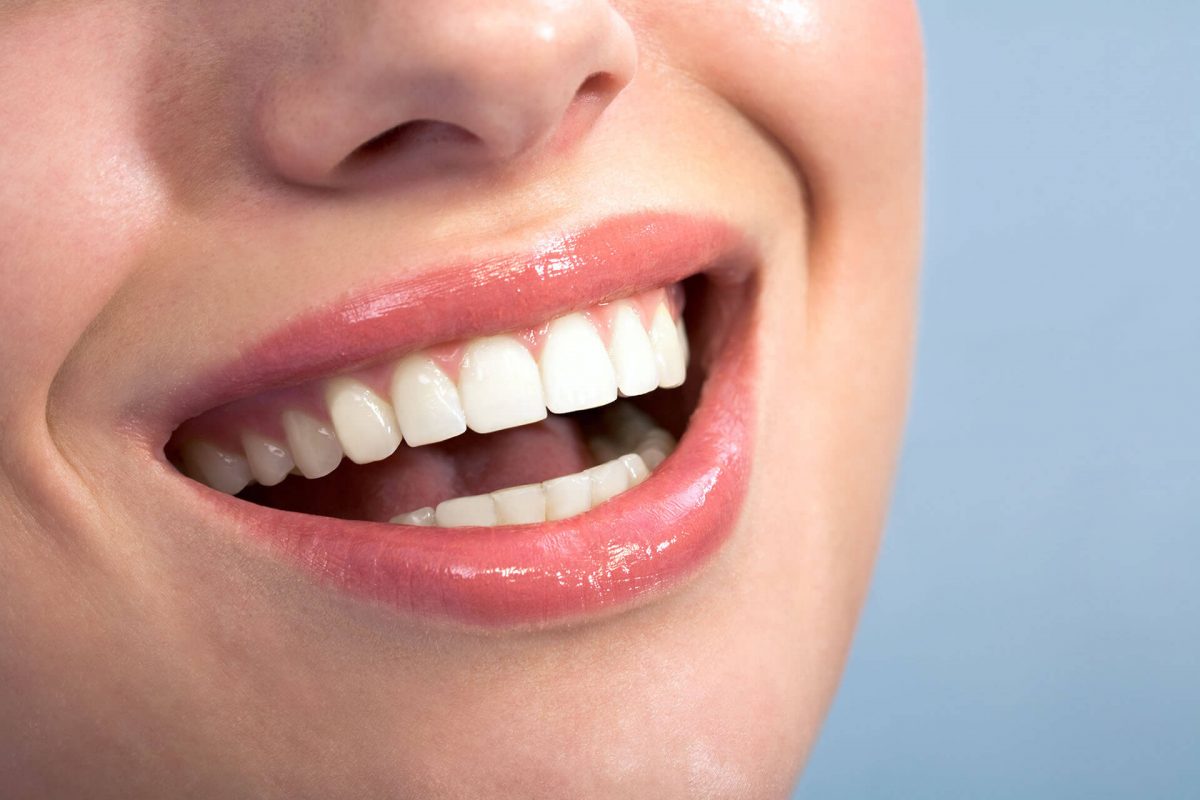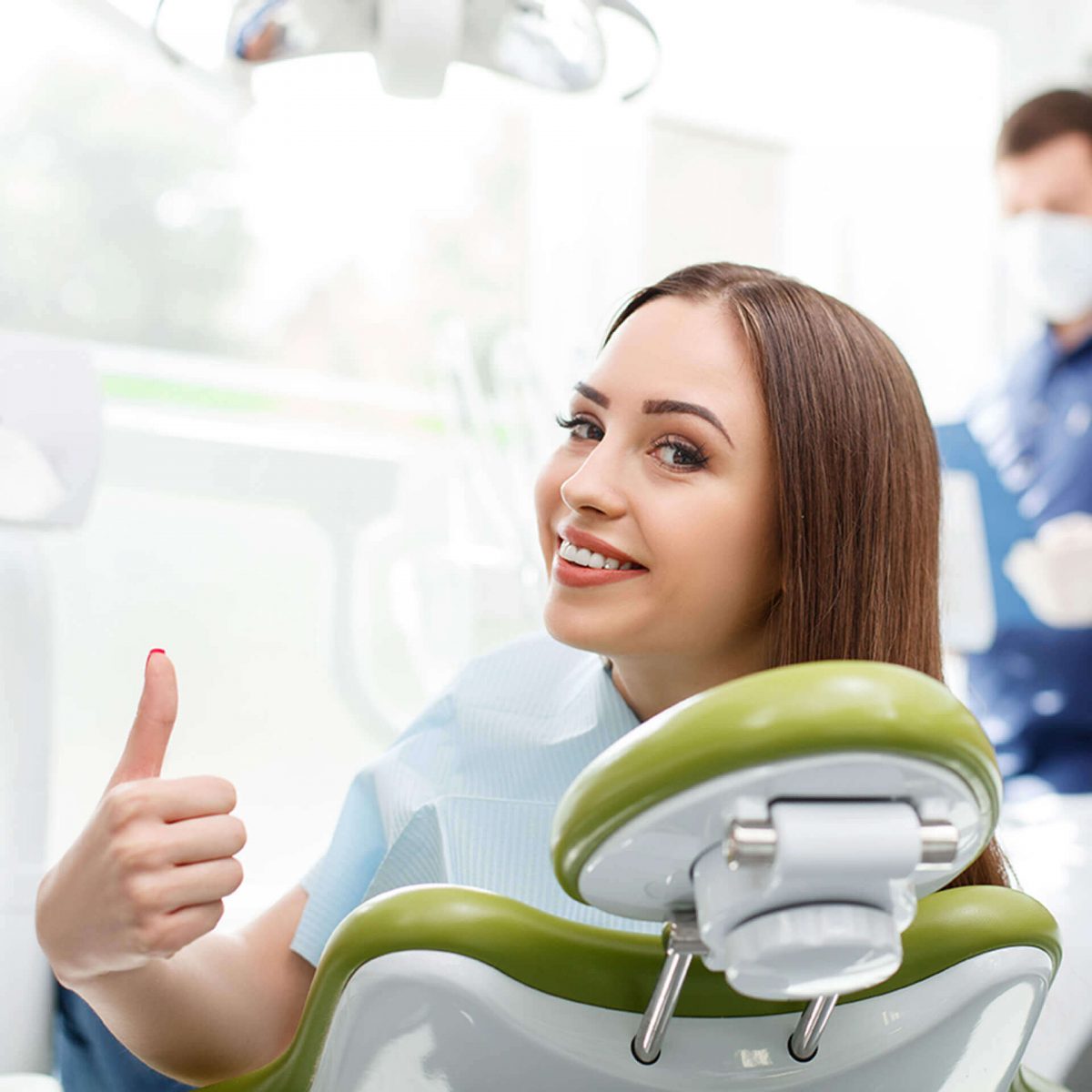By the age of 17, a whopping 78 percent of Americans have developed at least one cavity. The sad fact is that cavities are virtually an epidemic. This doesn’t have to be, cavities and other dental conditions are very preventable with proper oral hygiene practices. Do you want better oral health and overall health? Here are four easy ways to take control and manage your dental health.
Proper Oral Hygiene Practices
1. Brush your teeth at least twice every day.
This is your first line of defense against tooth decay and gum disease. Brush your teeth for no less than a full two minutes, twice daily. Use a toothbrush with soft bristles to avoid damaging the enamel and fluoride toothpaste. This important first step will remove damaging plaque and debris.
2. Floss once per day.
Many people skip this step, even though it is just as important as brushing your teeth. Floss cleans out those hard to reach areas between teeth. Once a day flossing, gets rid of food particles and plaque build-up beneath the gums and in-between the teeth. No toothbrush can sweep through these tight places.
3. Drink a lot of water.
Tap water is fortified with fluoride, a natural tooth strengthening mineral. By both rinsing your mouth after you eat and drinking plenty of water, you will remove food particles and debris, and provide added protection against the damaging mouth acids that attack enamel and wash away plaque buildup.
4. Visit your dental office.
Finally, make sure you stop by our office at least every 6 months for a regular dental checkup and cleaning. Even if your teeth look and feel okay, we can use preventative methods such as professional dental cleanings to make sure that your teeth stay that way!
Your dental health is extremely important, and by managing and taking care of your teeth with good dental care and visiting our office twice a year, you will continue to have a healthy smile for years to come!










